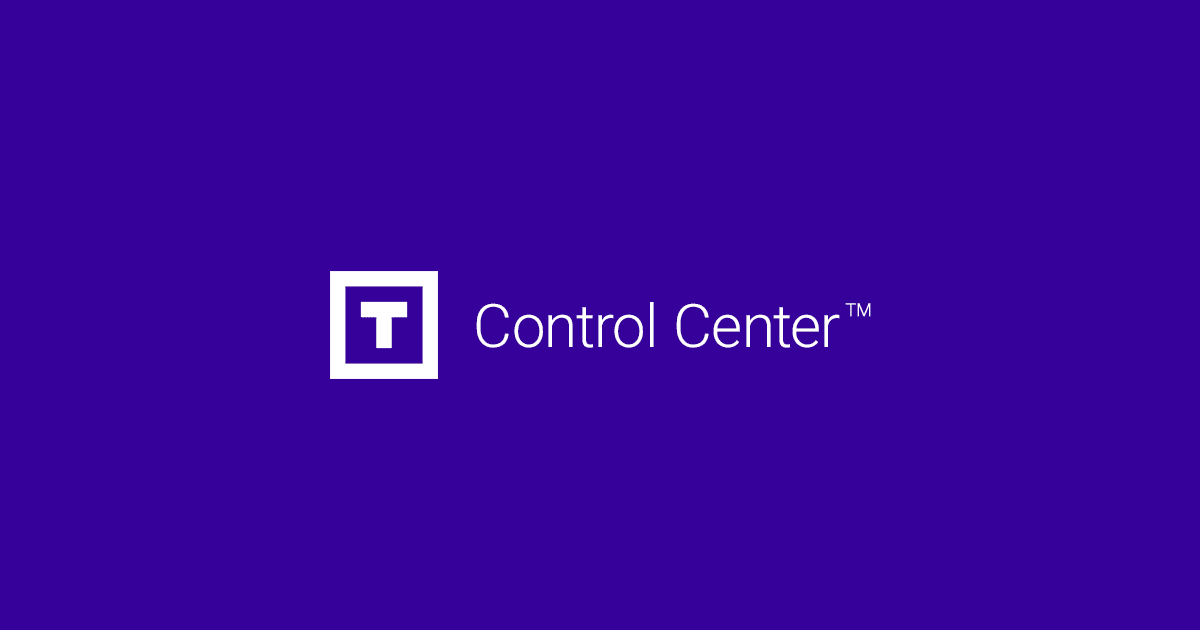
The conversation about artificial intelligence (AI) has flooded the business world. Executives, managers, and teams from all areas are facing an avalanche of information and a key question: How do we leverage this technology without getting lost in the process?
AI is, without a doubt, one of the most powerful tools of our era. However, its success doesn't depend on the complexity of its algorithms, but on the clarity of the strategy behind it. Implementing AI without a plan is a recipe for inefficiency: a costly investment in solutions that no one uses or that don't solve the core problems.
The goal of this guide is to offer a clear and universal framework for thinking. A map for any organization, regardless of its size or sector, to decide where to start, what tasks to entrust to AI, and how to prepare its teams for a successful collaboration between humans and machines.
Step Zero: Strategy Before Technology
The most common mistake is falling in love with a solution before understanding the problem. The correct approach is always the reverse. Before evaluating any software, an internal analysis is essential:
- What are our biggest operational bottlenecks? What repetitive tasks consume the most hours and resources?
- Where are we making decisions in the dark? What strategic questions could we answer if we had the ability to thoroughly analyze our data?
- What friction points exist in our customer experience? Slow response times? Cumbersome processes?
Only when a real challenge or a clear opportunity is identified can you search for the right technological tool. Adopting AI is, in essence, an exercise in process redesign.
Ideal Candidates for AI: Processes for a Successful Adoption
AI shines in tasks that are predictable, scalable, and data-driven. For an intelligent adoption, it's advisable to start with processes where the impact is measurable and the risk is controlled.
Consider automation in areas such as:
- Large-scale data analysis: AI can process and find patterns in volumes of information that would be overwhelming for a human. From predicting product demand by analyzing sales history, to identifying inefficiencies in the production chain or detecting fraudulent transactions in real time.
- Administrative and back-office processes: Managing invoices, massive data entry, payroll generation, writing standard reports, or classifying documents are universal tasks that are necessary but of low strategic value, which AI can execute with superior precision and speed.
- First-level customer support: Chatbots and virtual assistants are excellent for instantly resolving the most frequent and repetitive queries (e.g., order status, questions about a service, business hours). This filters the workload and allows human agents to focus on cases that require empathy, negotiation, and creative problem-solving.
- Optimization of logistics and operations processes: From calculating the most efficient delivery routes to monitoring the condition of machinery to predict failures before they occur (predictive maintenance).
The Human Factor: Where Strategy and Creativity Lead
AI is a tool for tactical execution; people are the strategic engine. There are domains where intuition, ethical judgment, and innovation are irreplaceable.
- Business vision and strategy: Defining the company's direction, its culture, its values, and its long-term goals is an intrinsically human task.
- Complex human relationships: Leading teams, negotiating high-value deals, managing a reputational crisis, or building strategic alliances. Trust and emotional intelligence cannot be programmed.
- Disruptive innovation: The creation of a completely new product, the design of a brand that connects emotionally with the public, or solving a problem in a way no one had ever imagined before.
The ultimate goal is not to replace, but to empower. It's about using AI to transition our teams from being task-doers to becoming business strategists.
Your Team in the AI Era: An Evolution of Roles and Skills
The integration of AI doesn't necessarily mean a reduction in staff, but rather a profound transformation of roles and skills. The key is adaptability and continuous learning.
- New "translator" roles: Profiles will emerge that can act as a bridge between the needs of the business and the technical capabilities of AI.
- Focus on supervision and ethics: People will be needed to validate the results of algorithms, ensure their decisions are fair and ethical, and retrain them to correct errors.
- The rising value of soft skills: In a world where technical tasks can be automated, the ability to think critically, communicate effectively, collaborate, and be creative becomes the greatest professional differentiator.
Foster a culture of curiosity and learning. The question for your team is no longer just "how do I do my job today?" but "how could technology help me do my job better tomorrow?".
In conclusion, success in the AI era is not defined by the number of processes you automate, but by the intelligence with which you choose which ones to automate. The approach must always be to start with a clear purpose, put people at the center, and see technology for what it is: a lever to amplify human ingenuity.




